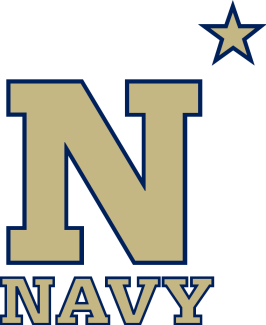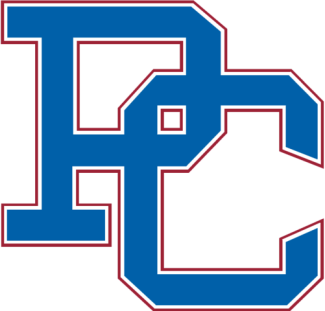That’s not to say that all decisions are easy.
The WSLA had to establish geographic boundaries to determine which programs players would play for, balancing efficiency with fairness. “We couldn’t have everybody playing for the most popular coach, and we also wanted to create a model that required the fewest number of volunteers to manage each program,” Roper said.
Another of the WSLA’s early priorities was its commitment to developmentally appropriate rules. Almost a full decade before US Lacrosse unveiled its Lacrosse Athlete Development Model in 2016, the WSLA had already instituted small-sided games and simplified rules for its youngest participants. It viewed progressive play as critical to the development of good habits.
“We had to determine the best way to take the beginning player, who starts playing as early as kindergarten, and help them to become a high school varsity player,” Roper said.
Knowing that high school coaches, in many instances, were the local individuals with the deepest lacrosse knowledge, the WSLA tried to remove barriers that limited youth player exposure to those coaches. It was part of the WSLA’s vision for healthy growth, realized now in the form of more than 100 teams and 2,700 players in the youth league alone. The end-of-season youth jamboree comes on the heels of the high school championships.
“It’s a massive undertaking, probably the biggest youth lacrosse event in the state,” WSLA executive director Erin Massena said.
One of the more difficult pivot points for the organization came in 2011, when the high school and youth operations merged. It required significant restructuring and adjustments in eligibility guidelines, conference alignments, scheduling and rules.
“If you don’t have a league that is trusted, what happens on the field gets lost,” Roper said.
Along the way, the WSLA has also strengthened its relationship with the local officiating organizations. Clear communication on fees now helps ease the budgeting process for all of the WSLA’s programs. Effective scheduling requires almost daily conversations with assignors.
“We are absolutely dependent on each other,” Massena said. “It really is a juggling act out here, because we just don’t have enough officials. It’s like a puzzle that we have to fit together.”
The evolution of the organization has been slow and steady, but the impact is significant.
“Through the years, we have made strategic decisions on little things, which meant that we were making strategic decisions about everything,” Roper said.


























































